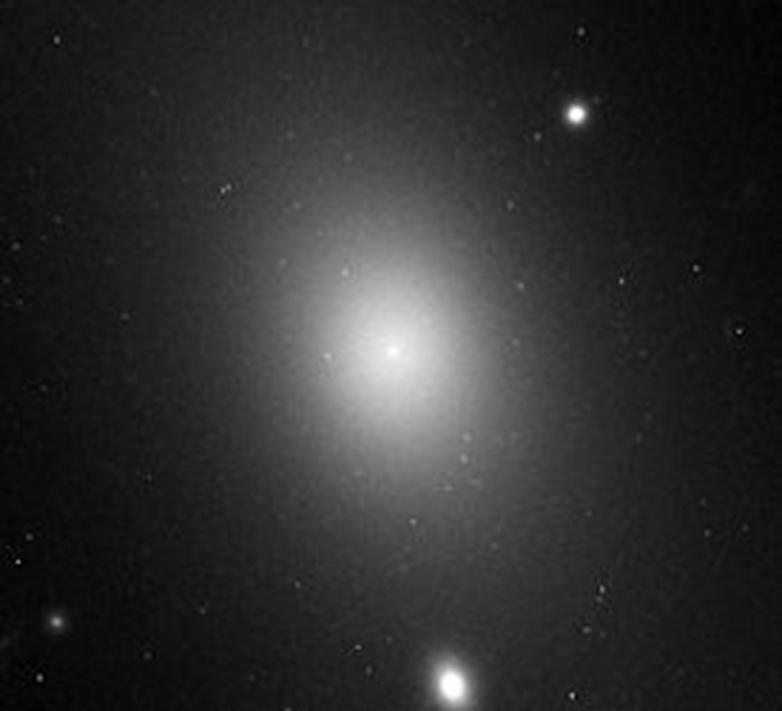The most massive galaxies in the universe

The galaxy called IC-1101 is considered one of the largest and most massive galaxies in the universe so far, with a diameter of 6 million light-years (that is, 60 times larger than the diameter of our Milky Way galaxy).
Note that it is one billion light-years away from us and is located in the direction of the Virgo constellation. It was discovered on June 19, 1790 by astronomer William Herschel.
IC 1101 (in English, IC 1101) is a very giant elliptical galaxy, classification (S0) or (E), located in the Virgo constellation and located in the middle of a galaxy cluster called Abell 2029. It is about 1.07 billion light-years away from Earth. It was discovered by William Herschel on June 19, 1790.
The galaxy has a diameter of about 6 million light-years, which makes it one of the largest known galaxies in terms of size. The galaxy contains 100 trillion stars, and most of the galaxy’s mass consists of dark matter. If it were in the place of our galaxy, it would swallow the Large Magellanic Cloud, the Small Magellanic Cloud, the Andromeda Galaxy, and the Andromeda Galaxy. Triangle: The large size of this galaxy is due to several collisions between smaller galaxies, like most large galaxies. In the IC 1101 galaxy, there is a huge number of ancient radioactive stars rich in metals, some of which are seven billion years older than the Sun, and this is why it appears golden yellow in color. It has a radiating radio source in the center, Which is most likely related to the supermassive black hole in the center of the galaxy, which has a mass between 40 and 100 billion solar masses, making it one of the largest black holes discovered in the entire universe. The galaxy was discovered on June 19, 1790 by the British astronomer William Herschel.

In the end, the question of what is the largest galaxy in the universe remains a matter of curiosity and questions, and perhaps with the development of technology and the increase in astronomical knowledge, we will one day be able to answer it. Until then, astronomy and the study of galaxies, stars, and planets remain a source of inspiration for scientists, researchers, and those interested in the secrets and mysteries of the universe.
Source: websites

